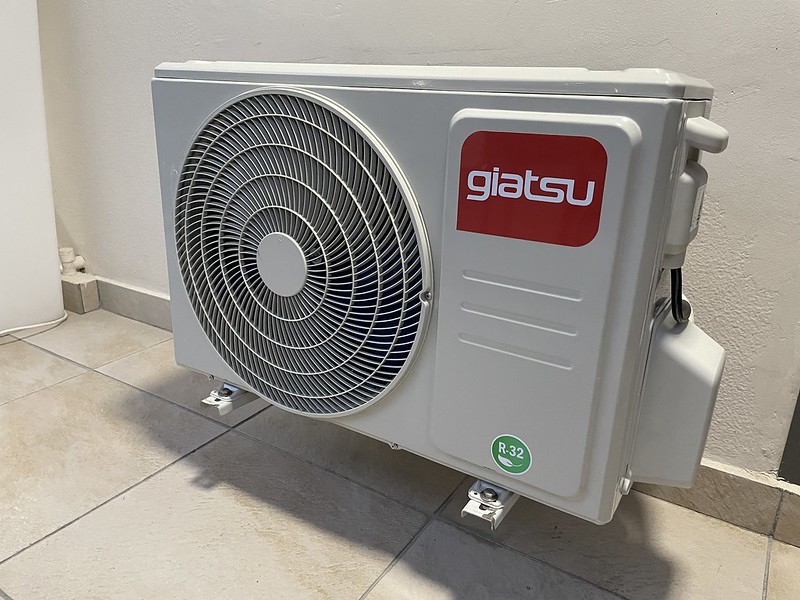If your mini split air conditioning system’s coils freeze up, it’s a critical issue that requires prompt attention to prevent further damage and maintain the system’s efficiency. The primary causes of mini split coil freezing are poor air circulation, low refrigerant levels, and low outdoor temperatures. This comprehensive guide will walk you through the step-by-step process to diagnose and resolve the problem, ensuring your mini split system operates at its best.
Identify the Cause of Coil Freezing
Before attempting any repairs, it’s essential to determine the root cause of the coil freezing. The three most common reasons for mini split coil freezing are:
-
Poor Air Circulation: Restricted airflow can lead to excessive cooling and ice buildup on the coils. This can be caused by a dirty air filter, obstructions around the indoor unit, or issues with the blower fan.
-
Low Refrigerant Levels: If the refrigerant charge is low, the system will have to work harder to maintain the desired temperature, leading to overcooling and coil freezing.
-
Low Outdoor Temperatures: Most mini split systems have specific temperature thresholds for operation. Using the system in conditions below the manufacturer’s recommended range can result in icing on the coils and other components.
Step-by-Step Troubleshooting and Repair
1. Turn Off the Unit Immediately
As soon as you notice ice buildup on the coils, turn off the mini split system. This will prevent water leaks as the ice thaws and protect the system from further damage.
2. Inspect and Clean the Air Filter
Remove the air filter and inspect it for dirt, dust, or damage. If the filter is dirty, clean it thoroughly using a mild detergent and water. Rinse the filter and allow it to dry completely before reinstalling it. If the filter is damaged, replace it with a new one that matches the manufacturer’s specifications.
3. Check for Airflow Obstructions
Ensure that nothing is blocking the free movement of air around the indoor unit. Check for any furniture, curtains, or other objects that may be restricting airflow. Clear any obstructions and ensure the unit has at least 12 inches of clearance on all sides.
4. Inspect the Blower Fan
Examine the blower fan to ensure it is operating correctly. Listen for any unusual noises or vibrations, and check that the fan is spinning freely without any obstructions. If the fan is not working properly, it may need to be repaired or replaced by a qualified HVAC technician.
5. Measure the Refrigerant Levels
Low refrigerant levels can cause the system to work harder, leading to excessive cooling and coil freezing. Only a certified HVAC technician should check and, if necessary, recharge the refrigerant to the manufacturer’s specifications. Attempting to add refrigerant yourself can be dangerous and may cause further damage to the system.
6. Monitor Outdoor Temperatures
Avoid using the mini split system when the outdoor temperature is near or below freezing. Most manufacturers specify minimum operating temperatures for their equipment. Using the system outside of these parameters can result in icing on the coils, condensate drainage pipes, and other components.
7. Schedule Regular Maintenance
Regularly scheduled maintenance, including filter replacements, refrigerant checks, and system inspections, can help prevent most problems, including coil freezing. Consider signing up for a year-round maintenance plan with a professional HVAC company to keep your mini split system in top condition.
When to Seek Professional Assistance
If you’re uncomfortable performing any of the troubleshooting or repair steps outlined above, it’s best to consult a qualified HVAC technician. They have the expertise and specialized tools to diagnose and address the problem efficiently, ensuring the longevity and optimal performance of your mini split system.
Remember, safety should always be the top priority when working with HVAC equipment. If you’re unsure about any aspect of the troubleshooting or repair process, it’s better to err on the side of caution and seek professional help.
Conclusion
By following the comprehensive steps outlined in this guide, you can effectively troubleshoot and resolve the issue of mini split coil freezing. Regular maintenance, prompt attention to airflow and refrigerant issues, and being mindful of outdoor temperatures are key to preventing this common problem and keeping your mini split system running at its best. If you encounter any difficulties or have concerns, don’t hesitate to contact a qualified HVAC technician for assistance.

